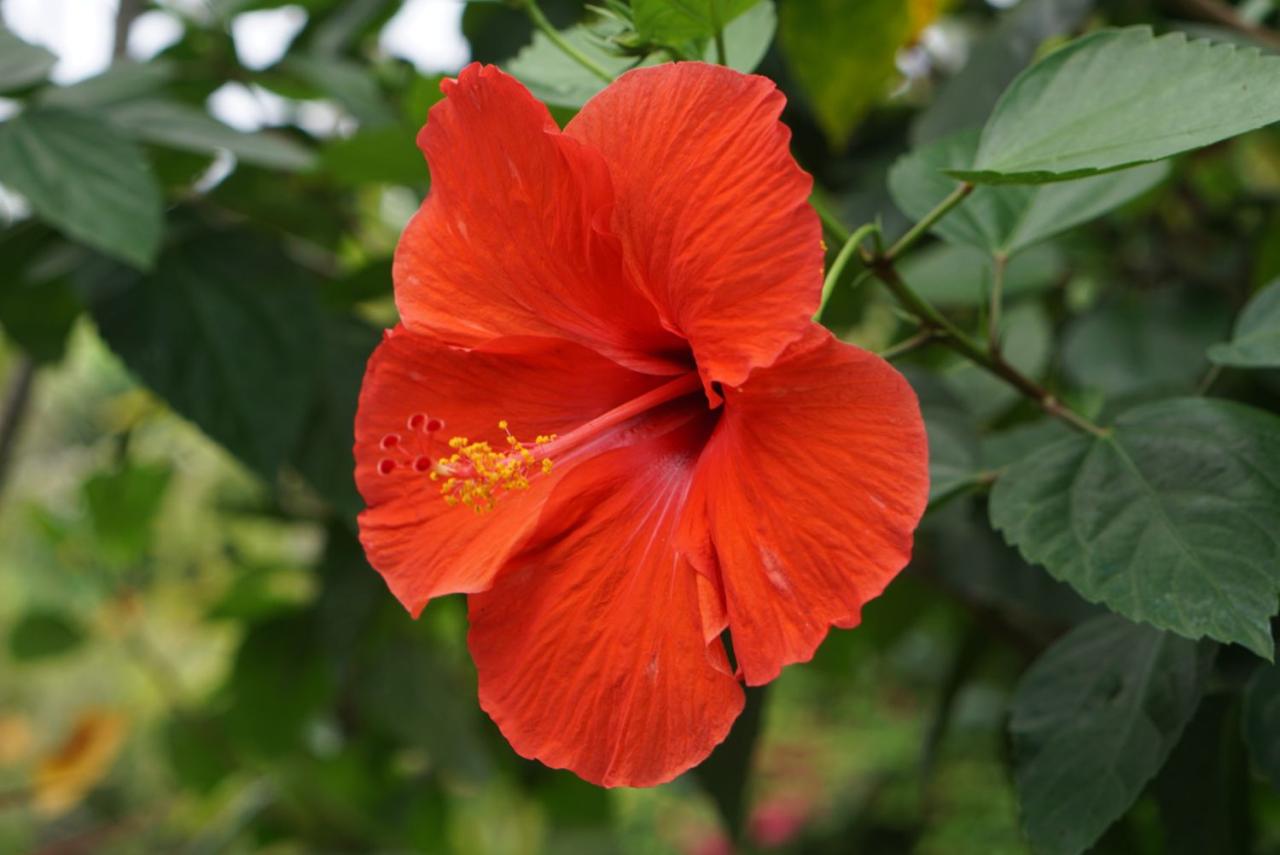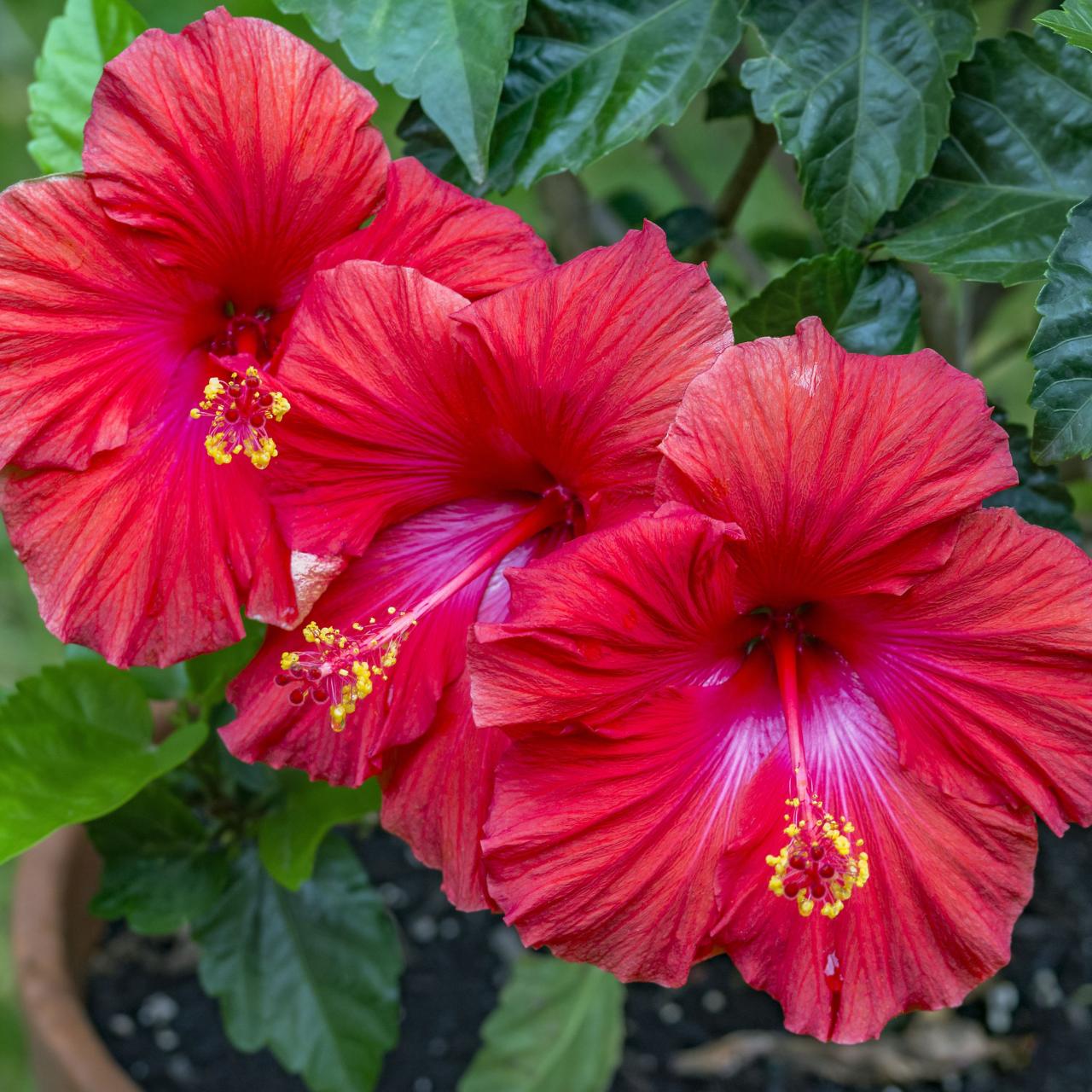How To Care For Hibiscus Tree Indoors – If you’re looking to brighten your indoor space with a splash of color and beauty, caring for a hibiscus tree can be a delightful choice. Known for its vibrant flowers and lush foliage, the hibiscus tree not only enhances your home decor but also improves your indoor air quality. However, it does require specific care to thrive indoors. In this comprehensive guide, we’ll walk you through the essential tips and techniques for nurturing your hibiscus tree indoors so that it flourishes and blooms beautifully.
Understanding the Hibiscus Tree
The hibiscus tree is a member of the Malvaceae family and is native to tropical and subtropical regions. This flowering plant can be grown both indoors and outdoors. When grown indoors, it can reach a height of about 3 to 5 feet, making it a suitable option for home gardening. The stunning flowers can come in various colors, including red, pink, yellow, and white, which will undoubtedly add charm to your living space.
Choosing the Right Pot and Soil: How To Care For Hibiscus Tree Indoors
To ensure your hibiscus tree has the best start possible, selecting the right pot and soil is crucial.
Pot Selection
Opt for a pot that is slightly larger than the root ball of your hibiscus. Ensure that it has drainage holes to prevent water from accumulating at the bottom.
Soil Type
A well-draining potting mix is vital for the health of your hibiscus tree. Consider using a mix that includes:
| Soil Component | Purpose |
|---|---|
| Peat Moss | For moisture retention |
| Perlite | For aeration |
| Compost | For nutrients |
Mix these components in a ratio that ensures adequate drainage and nutrient supply. Aim for a 2:1:1 ratio of peat moss, perlite, and compost for optimal results.
Light Requirements
Hibiscus trees thrive in bright light. Here are some tips to ensure your plant gets sufficient sunlight:
- Place your hibiscus tree near a south or west-facing window where it can receive at least 6 hours of direct sunlight daily.
- If natural light is limited, consider using grow lights to supplement the light needs, especially during shorter winter days.
Important Note: Too much direct sunlight can scorch the leaves, while too little can impede blooming. Monitor your plant closely to find the right balance.
Watering Techniques
Proper watering is critical for the health of your hibiscus tree. Here’s how to do it effectively:
When to Water
Water your hibiscus tree when the top inch of the soil feels dry to the touch. During the growing season (spring and summer), it may require more frequent watering compared to fall and winter.
How to Water
When watering, apply water thoroughly until it drains from the bottom of the pot. This ensures that the roots are getting adequate moisture. Avoid letting your hibiscus sit in standing water as it can lead to root rot.
Humidity and Temperature Needs
Hibiscus trees prefer a warm and humid environment, which can sometimes be challenging to maintain indoors.
Humidity Levels
Aim for humidity levels between 40% and 60%. You can achieve this by:
- Using a humidity tray filled with water and pebbles.
- Misting the leaves regularly, especially during dry winter months.
Temperature Preferences
Keep your hibiscus tree in temperatures ranging from 60°F to 85°F (15°C to 29°C). Avoid placing it near drafty windows or heating vents, as drastic temperature fluctuations can stress the plant.
Important Note: Hibiscus trees are sensitive to cold; if temperatures drop below 50°F (10°C), consider relocating your tree to a warmer spot.
Fertilization for Healthy Growth
To promote vibrant blooms and robust growth, fertilization is essential. Here’s how to feed your hibiscus tree effectively:
Choosing the Right Fertilizer, How To Care For Hibiscus Tree Indoors

Select a balanced, water-soluble fertilizer with a ratio of 10-10-10 or 20-20-20. Fertilizers that are high in phosphorus can enhance blooming.
Application Schedule

Fertilize your hibiscus tree every 4 to 6 weeks during the growing season (spring and summer) and reduce feeding in the fall and winter months when the plant’s growth slows down.
Pruning and Repotting Your Hibiscus Tree
Regular pruning and repotting can help maintain the health and shape of your hibiscus tree.
Pruning Techniques
Prune your hibiscus tree in early spring before new growth begins. Remove any dead or damaged branches and shape the plant as desired to promote bushier growth.
Repotting Guide
Repot your hibiscus tree every 1-2 years or when you notice the roots outgrowing the pot. Choose a pot that is one size larger, and refresh the soil to provide new nutrients.
Pest and Disease Management
Pests like aphids, spider mites, and whiteflies can be problematic for hibiscus trees. Here’s how to deal with them:
Identifying Pests
Regularly inspect your plant for any signs of pests, such as webbing or sticky residue. The sooner you identify the problem, the easier it will be to manage.
Treatment Options
For minor infestations, you can wash the pests off with a strong spray of water. In severe cases, consider using insecticidal soap or neem oil as a natural pesticide. Always test any treatment on a small area first to ensure it doesn’t harm the plant.
Encouraging Blooms
One of the most alluring aspects of the hibiscus tree is its beautiful flowers. Here are some tips to encourage blooming:
- Ensure that your tree receives plenty of sunlight and adequate watering.
- Use a fertilizer high in phosphorus to promote blooming.
- Consider allowing the plant to go slightly dry between waterings during the blooming season; this can sometimes stimulate blooming.
Caring for a hibiscus tree indoors requires some effort, but the rewards are well worth it. With the right potting mix, lighting conditions, watering techniques, and pest management, your hibiscus tree can thrive and bring joy to your home with its spectacular blooms. 🌺 Embrace the beauty of nature in your living space with a well-cared-for hibiscus tree, and enjoy the serenity it brings to your daily life!
